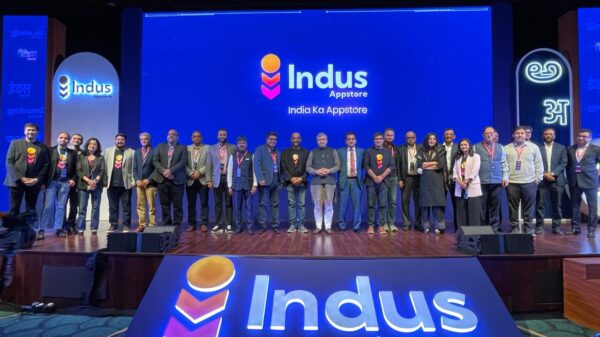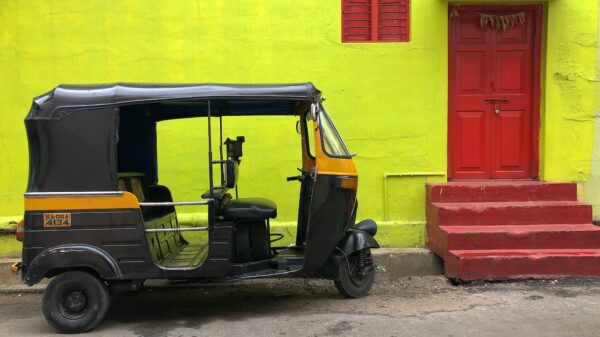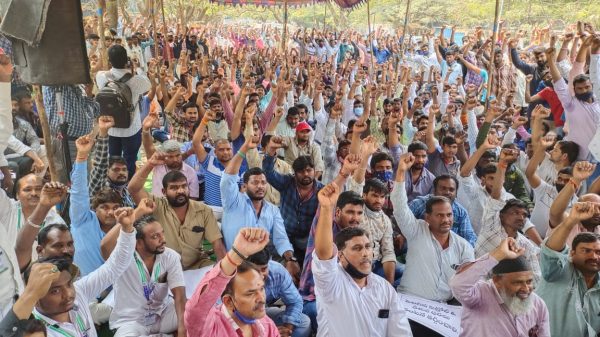The Delhi Police's Cyber Cell has called certain websites, journalists, and “so called” fact-checkers as “potential allies” of the “conspirators” behind the clashes that broke out on January 26, at the Red Fort in Delhi. Police authorities had filed a First Information Report (FIR) against creators of the Google Drive document that was shared by climate activist Greta Thunberg. This FIR formed the basis on which the Delhi Police arrested Disha Ravi, a young environmental activist from Bengaluru, on February 14. While the Delhi Police didn’t specifically name the websites, journalists, or fact-checking sites that it mentioned in the FIR, it has filed charges of sedition, promoting enmity on religious grounds, provoking riots, and criminal conspiracy against the websites and individuals. MediaNama has seen a copy of the FIR, which we received from a source close to the development, and its authenticity was confirmed by a senior Delhi Police official. These “conspirators”, according to the FIR, are trying to wage an “economic warfare against India and certain Indian companies”. It also said that following the clashes on Republic Day, several social media handles spread rumours and fake news with an intention to commit riots, and “excite disaffection towards the Government of India”. Delhi Police’s accusations against the ‘toolkit’ Last week, 22 year old activist Disha Ravi was arrested by the Delhi Police for sharing a Google Drive document with resources for participating in the ongoing farmer protests. Thunberg had shared the document on her Twitter handle. The Delhi Police’s claims that…































